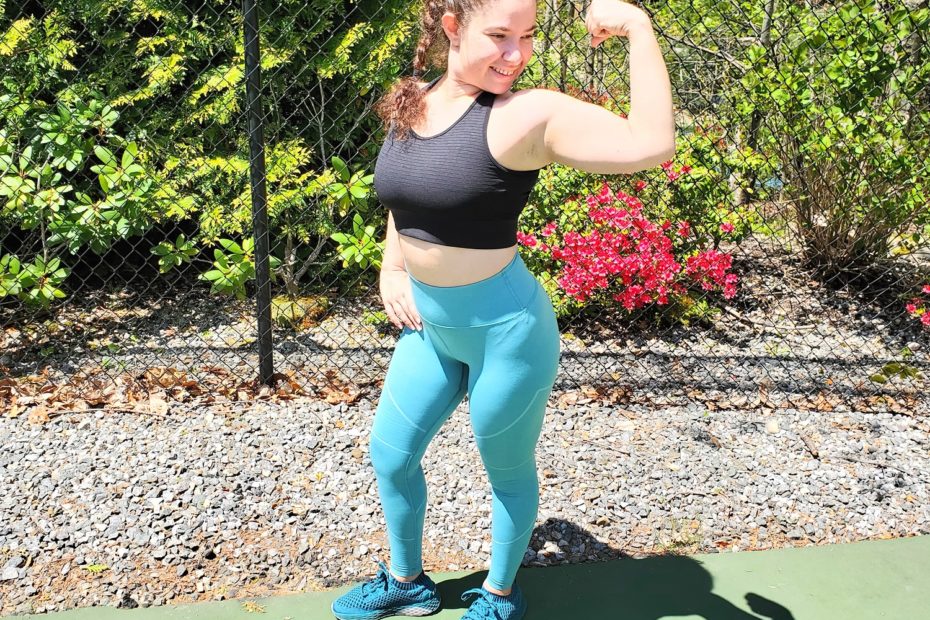You do not need any fancy tricks to build muscle. In fact, until you have mastered the basics, adding complicated techniques to your workouts can do more harm than good. Most of your strength gains will come from mastering foundational movements such as the squat, deadlift, bench press, overhead press, and row. Practicing good form and getting stronger at straight sets of these exercises will do wonders for your physique and strength gains.
However, there are times when throwing in advanced techniques can be advantageous. Playing with different training methods can help you get over a plateau, get in more training volume when you are in a time crunch, and help defeat boredom. Below are some of my favorite training techniques!
Drop Sets
A drop set is when you finish performing an exercise with the prescribed weight and immediately continue with several more reps at a reduced weight. For example, you might perform 10 reps of lateral raises with 10 pound weights. Once you are done, you drop the 10 pound weights and pick up the 8 or 5 pound weights. You perform another 10 reps with the lighter weights. Drop sets are great for making sure you get every last bit of work out of your muscles.
Drop sets are best saved for the last set of an exercise. Performing a drop set for every set can be exhausting and difficult to recover from. Certain types of exercises are also better suited for drop sets. I recommend performing drop sets with dumbbells or pin loaded machines, so that you can quickly switch between weights. Isolation exercises are also better suited for drop sets, since they are less taxing on the body. My favorite exercises for drop sets are lateral raises, front raises, dumbbell bicep curls, and tricep pushdowns.
Cluster Sets
During a cluster set, you take short rests within a single set. In a normal set, you might perform 10 reps of an exercise back to back before resting. During a cluster set, you might perform 4 reps followed by 10 seconds of rest and repeat 3 times. This is not the only way to perform a cluster set. With heavier weight, you might only perform 1 rep before resting for 20 or 30 seconds and repeat the pattern 10 times. The advantage to this method is that you allow your muscles some time to recover before moving onto the next cluster. This means better form and potentially more reps per set.
Supersets
Simply put, a superset is when you perform two exercises back to back with no rest in between. Supersets can be great when you are short on time and can increase the intensity of your workouts. One downside to supersetting is that you will have to decrease the load, especially for your second exercise.
One way to perform a superset is by picking two exercises that target the same muscles back to back. For example, you could do squats followed by lunges or bench press followed by chest flies. Within this category, you could do a pre-exhaust superset or a post-exhaust superset.
In a pre-exhaust superset, you would do an isolation exercise followed by a compound exercise to exhaust the working muscle before you get to the compound move. For example, you could do a hamstring curl followed by a deadlift. The advantage to this is that you can exhaust your hamstrings without loading up your deadlift as heavily. Less load means reduced risk of injury.
In a post-exhaust superset, you would perform the deadlift followed by the hamstring curl. The advantage to this is that once you are no longer able to perform deadlifts, you can still totally exhaust your hamstrings with a less taxing exercise.
You could also perform a superset with two compound moves for the same muscle group, such as a flat bench press followed by an incline press, but this is only recommended for advanced lifters. Performing two compound exercises for the same muscles back to back can be extremely taxing on the body.
Another way to perform supersets is by choosing exercises for opposing muscles. For example, you could perform a bicep curl followed by a tricep kickback. The advantage to this method is that while your triceps are working, your biceps are resting. This can be a great time saver when you are training opposing muscles on the same day. My favorite opposing muscle superset is performing any kind of row followed by a bench press. When you perform a bench press, you want your shoulder blades to be retracted. Performing a row before your bench press helps to get your body in the optimal position.
Don’t Over Do It
These techniques are all great tools when applied appropriately. Turning every set into a superset is NOT appropriate. Everyone is different and the ideal training volume varies from person to person. Listen to your body. If you incorporate drop sets, supersets, and cluster sets into every single workout, you might not recover properly. That means less muscle and more soreness. That said, have fun experimenting with these techniques and figuring out what works best for you!
